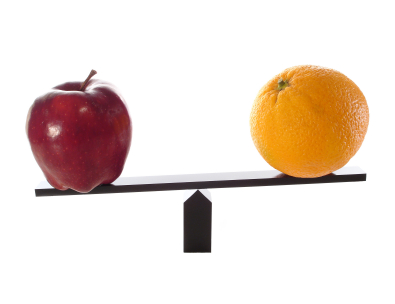There is a 500 pound gorilla in our supply chain that represents huge savings we are not addressing because of this misunderstanding.
Value Analysis has been around for years, and has evolved into being the premier product evaluation process in the healthcare industry, yet, with all of its merits, it is not structured to manage and control your supply utilization – where your biggest savings now reside.
Over time, value analysis has evolved to attack savings opportunities, on a project-by-project basis, that are spawned by group purchasing contracts, internal requisitions and new contracts whereby a study is then performed by value analysis committees, VA teams or VA coordinators. Therein lies the gap between Supply Utilization Management (SUM) and Value Analysis Programs (VAP)!
Value analysis is the engine to drive out the unwanted, unnecessary and wasteful costs of the products, services and technologies you are buying. However, supply utilization management is a continual process of tracking, trending, managing, benchmarking and controlling the day-to-day consumption of all of the commodities that you are buying for your healthcare organization.
If value analysis teams are to optimize their savings, they need to tap into all sources of savings (i.e., price, standardization and utilization) available to them. However, most value analysis teams don’t have the tools to evaluate (e.g., value analysis analytics) their utilization misalignments. As a fall back, most value analysis coordinators, managers, and directors depend on their spend analysis to determine their appropriate utilization patterns and trends for their products, services and technologies, which isn’t the most trustworthy indicator. Based on our experience, any and all consumption analysis should be based on the activity-based cost of your commodity groupings. This is the only way to accurately measure the favourable and unfavourable variations in your supply streams which can give you actionable results.
Don’t be deceived, supply utilization management is not value analysis; they are both independent systems inside your supply chain operations that need to be developed to drive out all of the waste and inefficiencies in your supply streams. To this end, a credible supply utilization program will track, trend and develop activity-based cost ratios that will act as triggers for your value analysis teams/committees to investigate. Yet, supply utilization management and value analysis actually complement each other. Supply utilization management is the mechanism to track, manage and control utilization, whereas value analysis is the engine to develop lower cost alternative solutions to the utilization misalignments that are uncovered.
The 500 lb. gorilla in the room is supply utilization management in the form of overspend that we, as a healthcare industry, are not systematically attacking in our supply chain operations. We evaluate, select, and contract for a product, service or technology and then we turn it over to our hospital staff who use too many, employ the wrong products, choose feature-rich products, unknowingly waste products, or vendors upsell new higher-cost products inside your new contract. It’s not about price any longer, but reducing your healthcare organization’s total cost from acquisition to disposition. That’s what utilization management is all about!
The reality is that value analysis is not a process that is designed to track, trend and then identify inappropriate utilization misalignments. Yet, value analysis can go a long way to harness the power of a strong utilization management program to eliminate these unwanted, unnecessary and costly supply chain expense practices. In tandem, these two powerful systems will absolutely reduce your supply chain expenses to the lowest possible levels, if you are ready to up your value analysis game to the next level of savings performance!





